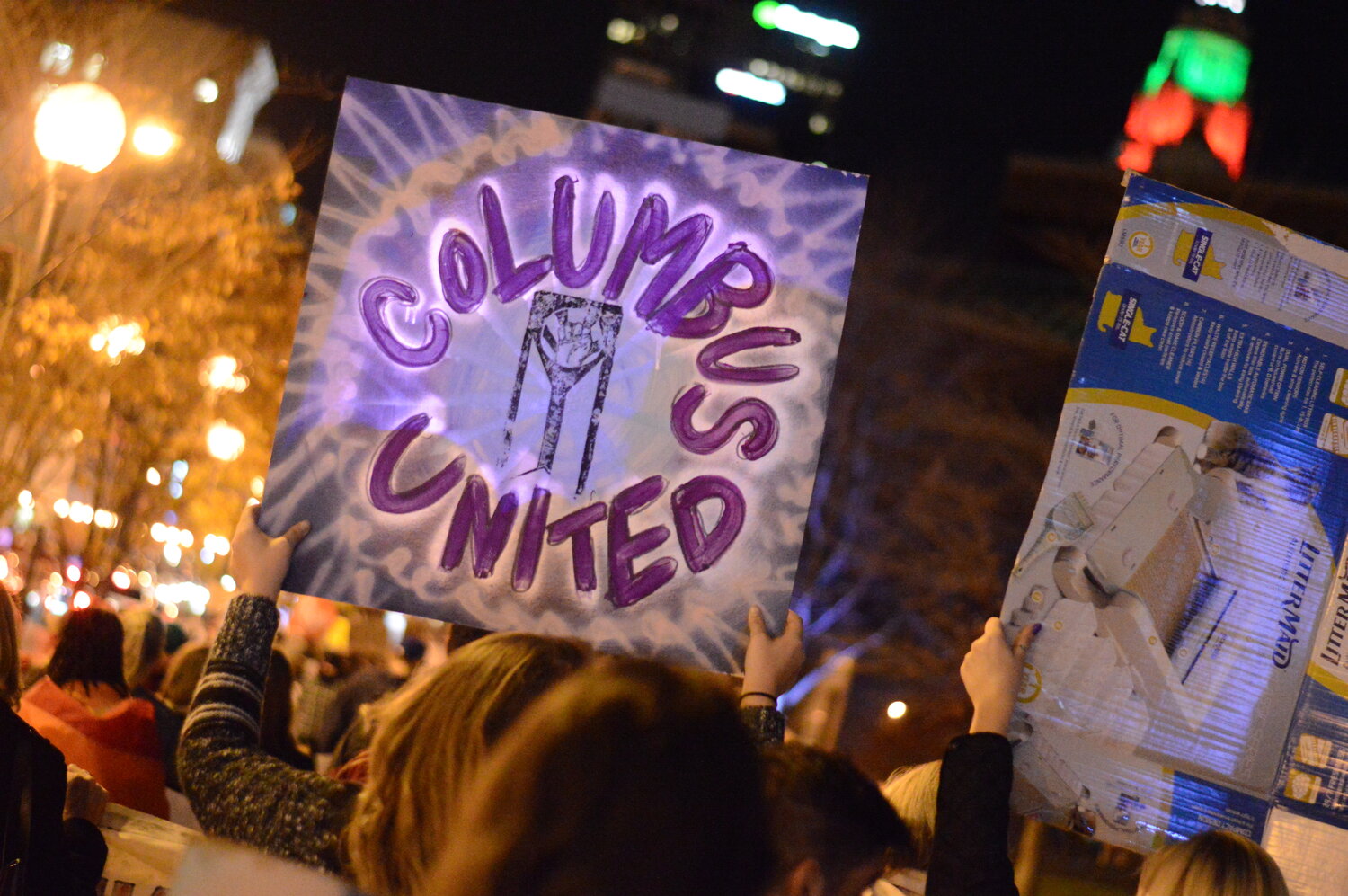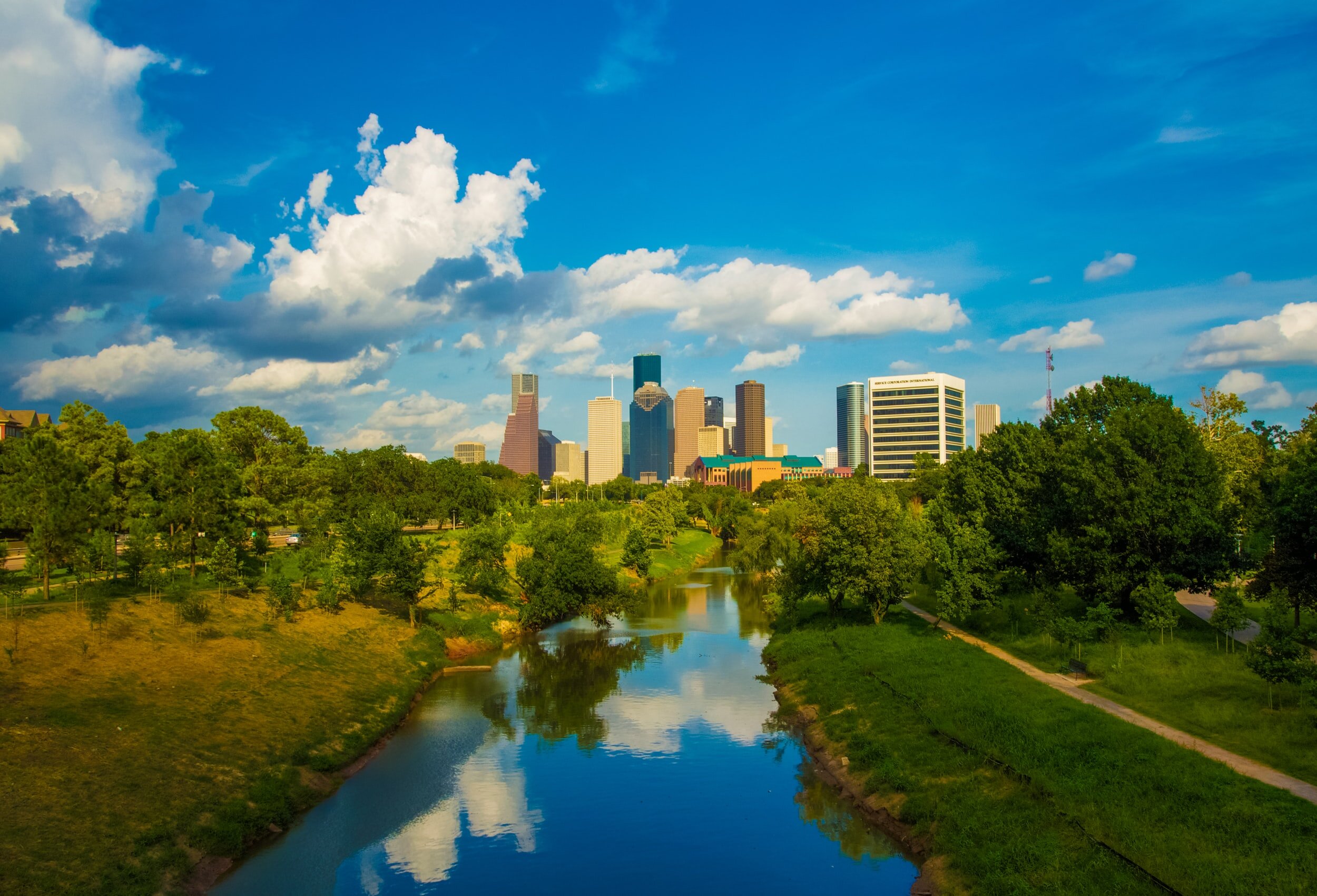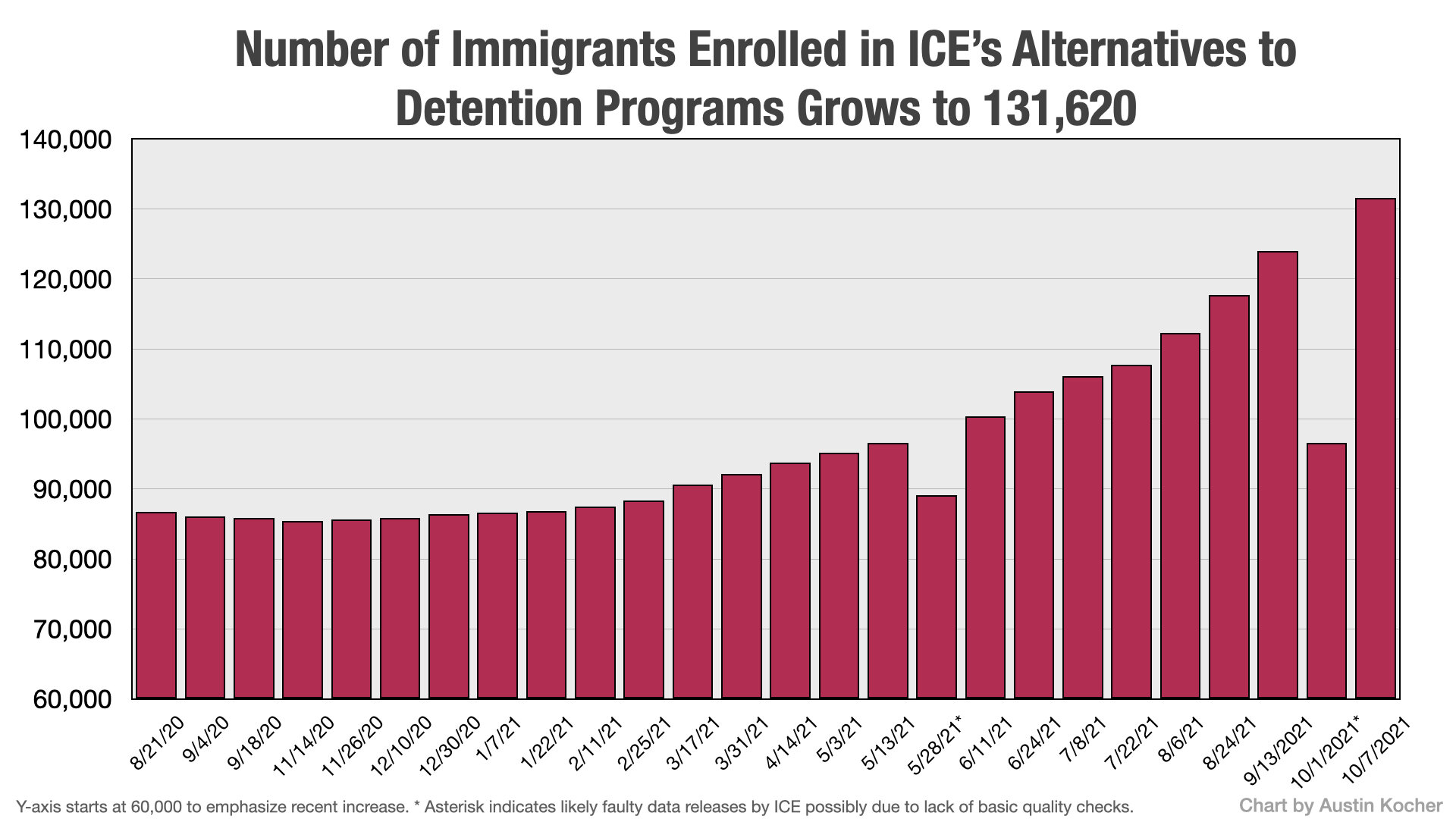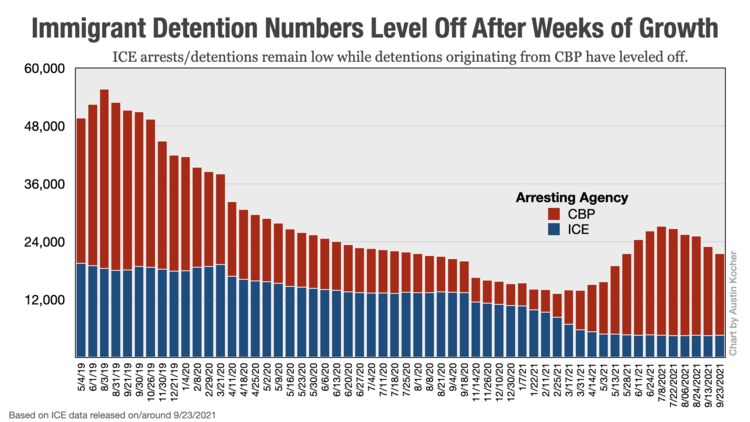“Toledo: Stay safe! Border Patrol spotted on South and Broadway today!” Just days after Immigration and Customs Enforcement (ICE) agents arrested 114 immigrant workers at a gardening center in Sandusky, Ohio, and 146 more at a meat plant in Salem, Ohio, this alert was sent out over social media in English and Spanish, warning residents about alleged Customs and Border Patrol activity in Toledo, Ohio, over 150 miles away. Anyone who lives, works, or visits the region near the Mexico-U.S. border is familiar with white and green Border Patrol vehicles; the legacy of border checkpoints is well documented in Supreme Court decisions, academic research, and the phenomenon of “checkpoint refusal videos” on YouTube. But the growth of immigration enforcement farther north has led many within the immigrant and refugee communities to feel that they, too, live on the border. As a result, many immigrants are avoiding public spaces and regulating their social visibility, while others are bringing the nationwide fight for immigrant rights home to the Midwest.
Over the past several years, I’ve had the opportunity to observe the growth of immigration enforcement in Ohio by studying the network of courts, detention centers, and enforcement agencies that coordinate deportations, and to witness the various responses by the immigrant community and their allies. Deportation is a technology that is used to regulate the viability of certain social groups to live and thrive in society. The deportation of allegedly “illegal” immigrant groups is racially uneven, both in terms of who has been illegalized at different points in U.S. history and in terms of who is targeted by ICE officers in the field. In the current immigration frenzy, Latinx immigrants have become the ethno-racial target of Far Right rhetoric about immigration. Like the Jim Crow era in the South or the Jewish exclusion laws of the 1930s, it is no accident that the legal exclusion of immigrant workers reflects the racial prejudice against Latinx and African immigrants.




